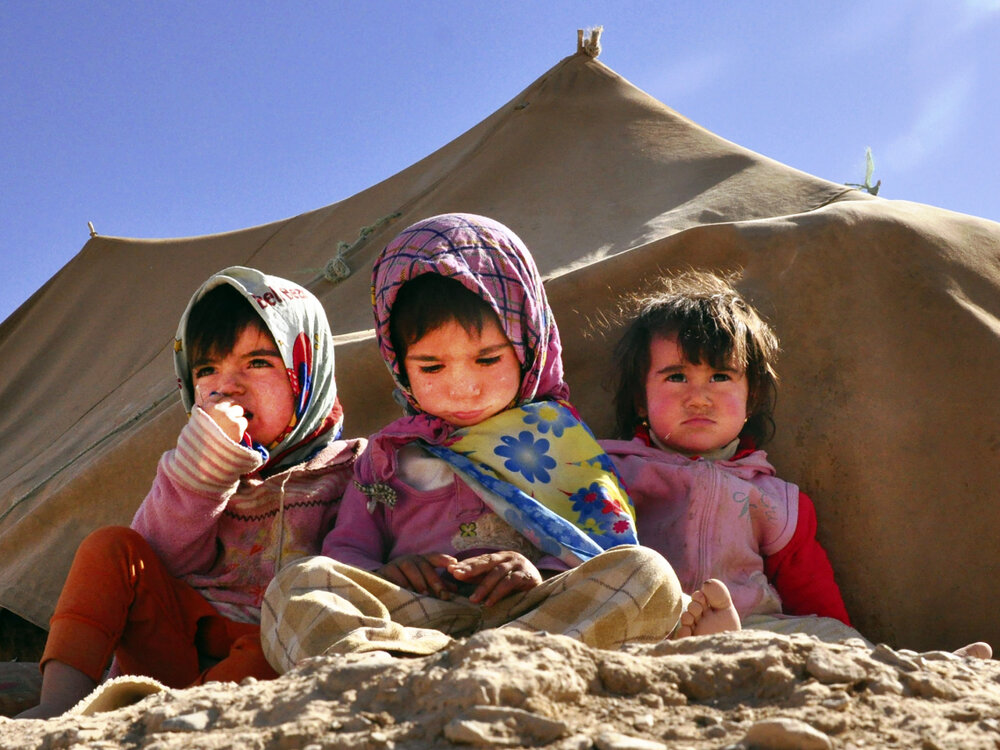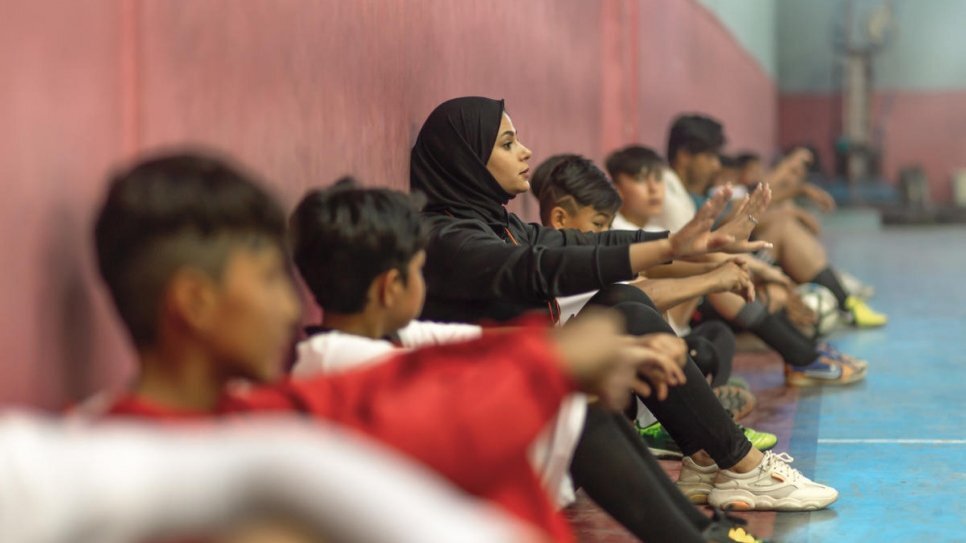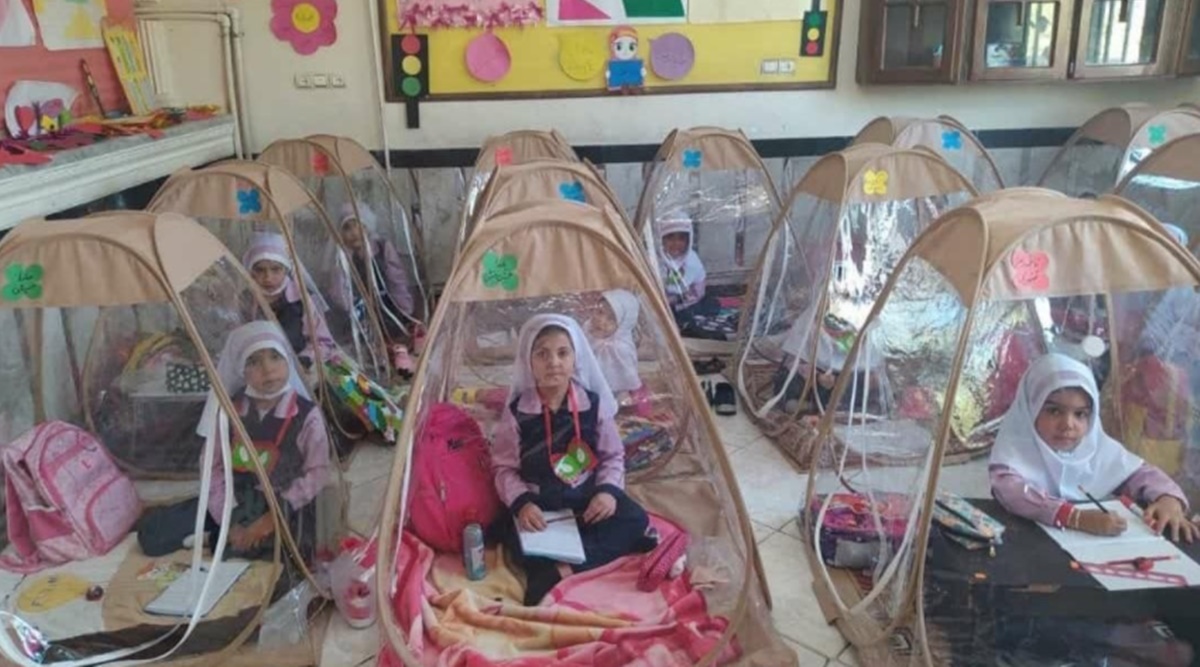TEHRAN – Some 140,000 children are out of school across the country, said Abdolreza Fooladvand, head of Tehran’s education department.
“The most important threat to a nation’s capital is the lack of human resources, however, sometimes we have failed to prevent this problem in the country,” he lamented.
He went on to say that the return of all dropouts to schools cannot be ensured by the Ministry of Education alone, and that there must be national cooperation.
Noting that about 81 percent of child laborers in Iran are foreign nationals, he said, “We need to go further to deal with the problem in the country. One of the positive steps taken is to exempt foreign nationals from tuition fees.
He further called on the population to join hands and help provide education to those who do not have access to school.
Deputy Education Minister Rezvan Hakimzadeh said that in the previous school year 1396-1397 (start of September 23, 2017), some 142,502 children across the country had not attended school, while 31,910 of them returned to school.
While the provinces of Sistan-Baluchestan, Tehran, Khorasan Razavi, Khuzestan and Kerman have the highest out-of-school rates, the provinces of Semnan, Zanjan, Ilam, Qazvin and Yazd have the lowest number of out-of-school children. , she explained.
School dropout and sustainability around the world
According to UNESCO, around 262 million children and young people worldwide are out of school, according to data from the UNESCO Institute for Statistics (UIS) for the school year ending in 2017. The total includes 64 million children of primary school age, 61 million of lower secondary age and 138 million of upper secondary age.
Out-of-school rates can have a direct effect on sustainability, as countries with low literacy or dropout rates cannot meet the sustainable development goal.
UNESCO therefore urges countries to invest more in education at global, regional and national levels, including more resources for data collection and analysis with the aim of achieving universal primary and secondary education. by 2030.
FB / MG



